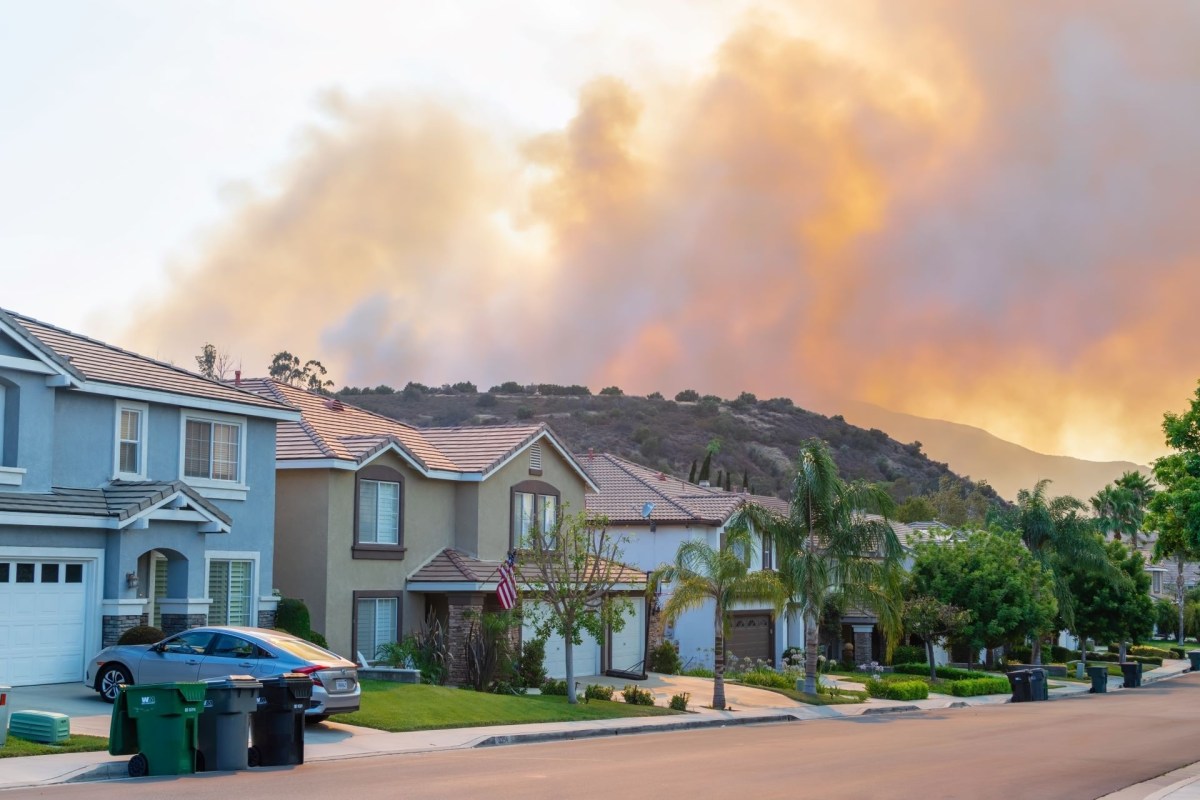High-quality air is crucial for us humans to lead a healthy lifestyle, but a new report by the American Lung Association (ALA) found that as many as one in three people in the U.S. are breathing unhealthy air.
The ALA released the report in April saying that nearly 120 million Americans live in counties with unhealthy ozone levels and particle pollution.
What is particle pollution?
Particle pollution can be envisioned as "the dirty, smoky part of that stream of exhaust" coming out of a dirty tailpipe — it's a mix of tiny solid and liquid particles that are in the air we breathe.
These particles, which originate from burning wood, factories, power plants, vehicles, and construction sites, can get stuck in our lungs or enter our bloodstream, resulting in respiratory problems, cancer, aggravated asthma, and more.
As many as 64 million Americans lived in counties with failing grades in daily spikes of particle pollution, the ALA estimated.
"That's nearly a half a million more than we saw in last year's report," Paul Billings, national senior vice president of public policy for the ALA, told Grist.
Western states in America, California in particular, have seen an increase in the number of days and places with wildfires, where people live with severe air pollution. The western United States also has the worst 25 counties with short-term particle pollution, and about 18 million residents live in counties with three failing grades, the ALA reported.
In the latest ALA assessment, the city of Los Angeles was the worst hit by ozone pollution in the U.S. Meanwhile, Bakersfield, California, topped the lists of metropolitan areas with the worst short-term and year-round particle pollution.
What is ozone?
According to the ALA, the essential raw ingredients for ozone — nitrogen oxides (NOx), volatile organic compounds (VOCs), and sunlight — are produced primarily when dirty energy sources like gasoline, oil, and coal are burned or when harsh chemicals, like solvents, evaporate.
Ozone pollution exposure can exacerbate asthma and a significantly higher risk of death from respiratory diseases.
Air pollution has affected the country disproportionately, according to the new findings, as 54% of those living in counties with at least one failing grade for unhealthy air were people of color. However, people of color only make up 41% of the overall population in the United States.
What is being done?
The report shows improvements in some areas.
Around 26% more counties received an A grade in this year's report for lower levels of ozone pollution — and the number of people living in counties with a failing grade for ozone declined by more than 19 million this year. In a press release, ALA national president and CEO, Harold Wimmer, largely attributed these improvements to the success of the Clean Air Act.
Despite this progress, the ALA found that more than 100 million people live in counties with an F grade for pollution.
The American Lung Association has suggested some steps to combat air pollution. Among the actions individuals can take are: using public transport, taking advantage of Inflation Reduction Act tax credits to purchase electric vehicles, and signing the ALA's State of the Air petition.
"The Biden administration has set themselves a good, strong to-do list of things that will help with environmental justice and climate protection," Katherine Pruitt, author of the report and the ALA's national senior director for policy, told CNN. "They're moving kind of slow, though. So we'd like them to pick up the pace."
Join our free newsletter for cool news and cool tips that make it easy to help yourself while helping the planet.









